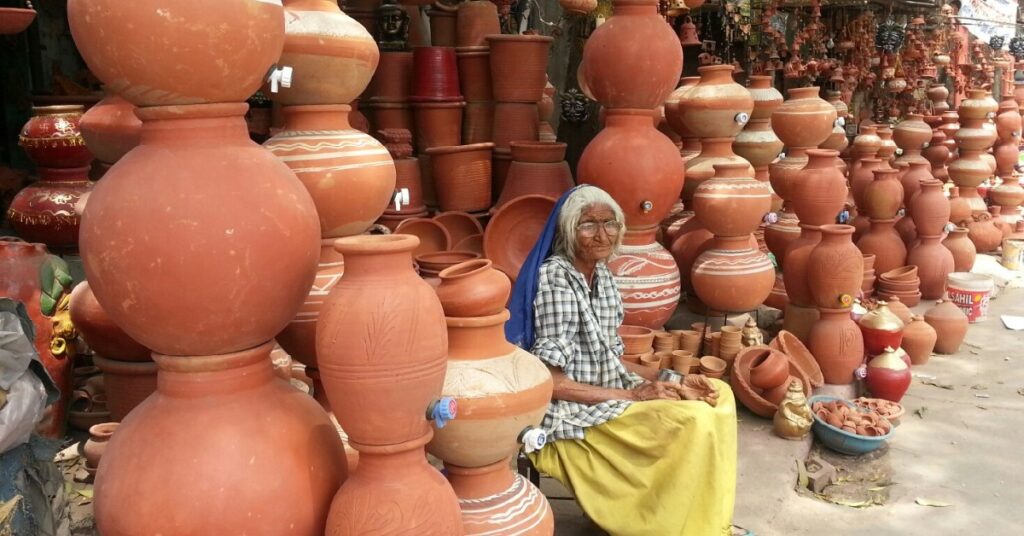As the skies darken and monsoon rains wash over India’s cities and villages, kitchens across the country are embracing a quiet return to tradition: the clay pot. Once considered old-fashioned or relegated to rural homes, clay cookware is making a meaningful comeback—not just as a nostalgic culinary tool but as a practical, health-conscious, and climate-friendly alternative for the rainy season.
Whether it’s the matka used to store cool water, or the handi that simmers lentils and stews over a low flame, these unglazed earthen pots are increasingly being rediscovered by modern households for their unique benefits—especially during the monsoon months when the air is heavy with humidity and the need for warmth, grounding, and gut-friendly meals is high.
Why the Rainy Season Calls for Clay
Unlike metal or synthetic non-stick pans, clay pots are naturally porous, absorbing moisture and heat more evenly. In monsoon weather, where the body often craves warmth and balanced digestion, food cooked in clay retains its nutrients and remains lighter on the stomach.
“Clay pots allow for slow cooking at a gentle heat, which helps preserve flavor and nutrition,” says Dr. Sneha Gupta, a nutritionist based in Pune. “They’re especially beneficial during the monsoon when people tend to experience bloating or indigestion from oily or fast-cooked meals.”
Clay also naturally imparts trace minerals such as iron, calcium, and magnesium to food—nutrients often depleted during long rainy spells when fresh produce can become scarce or spoil quickly. For generations, Indian households used clay for precisely this reason: it harmonized the elements of earth and water, body and climate.
A Sustainable, Chemical-Free Revival
Today’s interest in clay cookware also reflects a broader shift toward sustainability and toxin-free living. Unlike synthetic non-stick surfaces that can leach harmful chemicals into food when scratched or overheated, traditional clay cookware is free of coatings and plasticizers.
“Consumers are waking up to the hidden dangers of modern cookware,” says Anil Yadav, a potter from Uttar Pradesh who has seen a surge in orders for clay pots since 2022. “We’re getting online orders from metros like Mumbai, Bengaluru, and even international shipments.”
The clay used is biodegradable, often locally sourced, and fired using minimal energy—making it one of the lowest-impact kitchen materials available.
Comfort, Memory, and Flavor
For many, clay pots evoke memories: of grandmothers stirring dal in open courtyards, or cool drinking water in earthen matkas on sun-baked verandas. But beyond nostalgia, there’s a sensory experience that modern cookware cannot replicate.
Food cooked in clay—especially during the monsoon—has a distinct “mitti ki khushboo” or earthy aroma, and a depth of flavor that feels both grounding and indulgent.
Chefs across India, from fine-dining restaurants to homestyle cafés, are increasingly experimenting with clay-based cooking as part of seasonal menus that blend tradition with modern sensibility.


